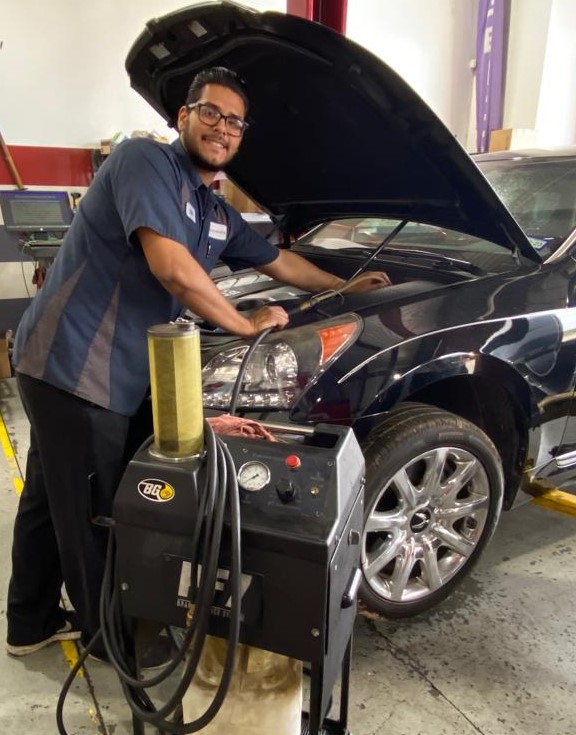Your car needs fluid flushes because, over time, the fluids in your vehicle's various systems can become contaminated with dirt, debris, and other contaminants that can cause them to break down or become less effective at doing their job. Fluid flushes help to remove these contaminants and replace the old fluid with fresh, clean fluid, which helps to keep your vehicle's systems running smoothly and efficiently.
Here are a few examples of the different types of fluid flushes your car may need:
- Transmission fluid flush: This fluid can become contaminated which can cause it to break down and become less effective at lubricating and cooling the transmission.
- Coolant flush: Coolant can become contaminated which can cause it to lose its ability to cool the engine properly.
- Brake fluid flush: This can become contaminated with moisture, which can cause it to boil and reduce its effectiveness at stopping the vehicle.
- Power steering fluid flush: Over time, power steering fluid can become contaminated which can cause it to break down and become less effective at lubricating and cooling the power steering system
 By regularly flushing and replacing the fluids in your vehicle's various systems, you can help to keep your car running smoothly and extend its lifespan. The frequency at which these flushes are required can vary based on your car's make and model, as well as your driving habits and conditions. It's best to refer to your vehicle's owner's manual or consult with a trusted mechanic for guidance on when to perform fluid flushes.
By regularly flushing and replacing the fluids in your vehicle's various systems, you can help to keep your car running smoothly and extend its lifespan. The frequency at which these flushes are required can vary based on your car's make and model, as well as your driving habits and conditions. It's best to refer to your vehicle's owner's manual or consult with a trusted mechanic for guidance on when to perform fluid flushes.